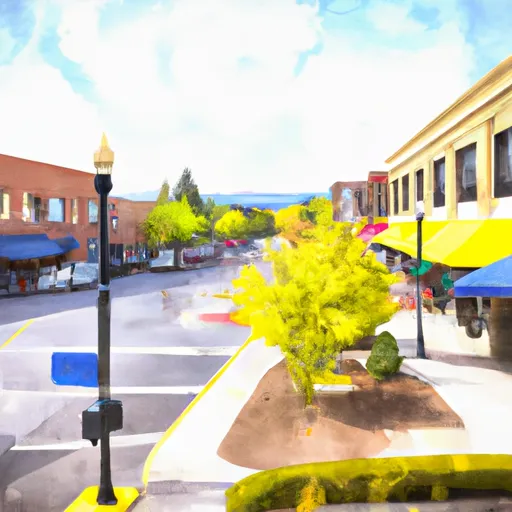°F
°F
mph
Windspeed
%
Humidity











Medford, Oregon is located in the scenic Rogue Valley and offers a diverse climate and abundant outdoor recreation opportunities. The region experiences a Mediterranean climate with hot, dry summers and mild, wet winters. Summers are typically sunny with average temperatures around 90°F, while winters are mild with temperatures rarely dropping below freezing. The area receives about 17 inches of rainfall annually, mainly occurring during the cooler months.
Hydrology in Medford is influenced by the nearby Rogue River, which provides a picturesque backdrop and opportunities for water-based activities. The river is renowned for its salmon and steelhead fishing, and kayaking and rafting are popular pastimes. The surrounding area also boasts numerous lakes and reservoirs, including Emigrant Lake and Lost Creek Lake, perfect for boating, swimming, and fishing.
Outdoor enthusiasts can enjoy an array of recreational activities in Medford. The nearby Siskiyou Mountains and Rogue River-Siskiyou National Forest offer extensive hiking and mountain biking trails with breathtaking views. The region is also a haven for golfers, with several top-rated courses available. Additionally, Medford is conveniently situated close to the Oregon Caves National Monument and the Cascade-Siskiyou National Monument, providing opportunities for exploring unique geological formations and diverse ecosystems.
Weather Forecast
Medford receives approximately 506mm of rain per year, with humidity levels near 80% and air temperatures averaging around 12°C. Medford has a plant hardyness factor of 8, meaning plants and agriculture in this region tend to thrive here all year round.
Regional Streamflow Levels
26
Cubic Feet Per Second
2,510
Cubic Feet Per Second
19
Cubic Feet Per Second
909
Cubic Feet Per Second
Nearby Camping
| Camping Area | Reservations | Toilets | Showers |
|---|---|---|---|
| Mt Ashland | |||
| Squaw Lakes | |||
| Rogue Elk County Park | |||
| Emigrant Lake - Point Park | |||
| Mount Ashland |



